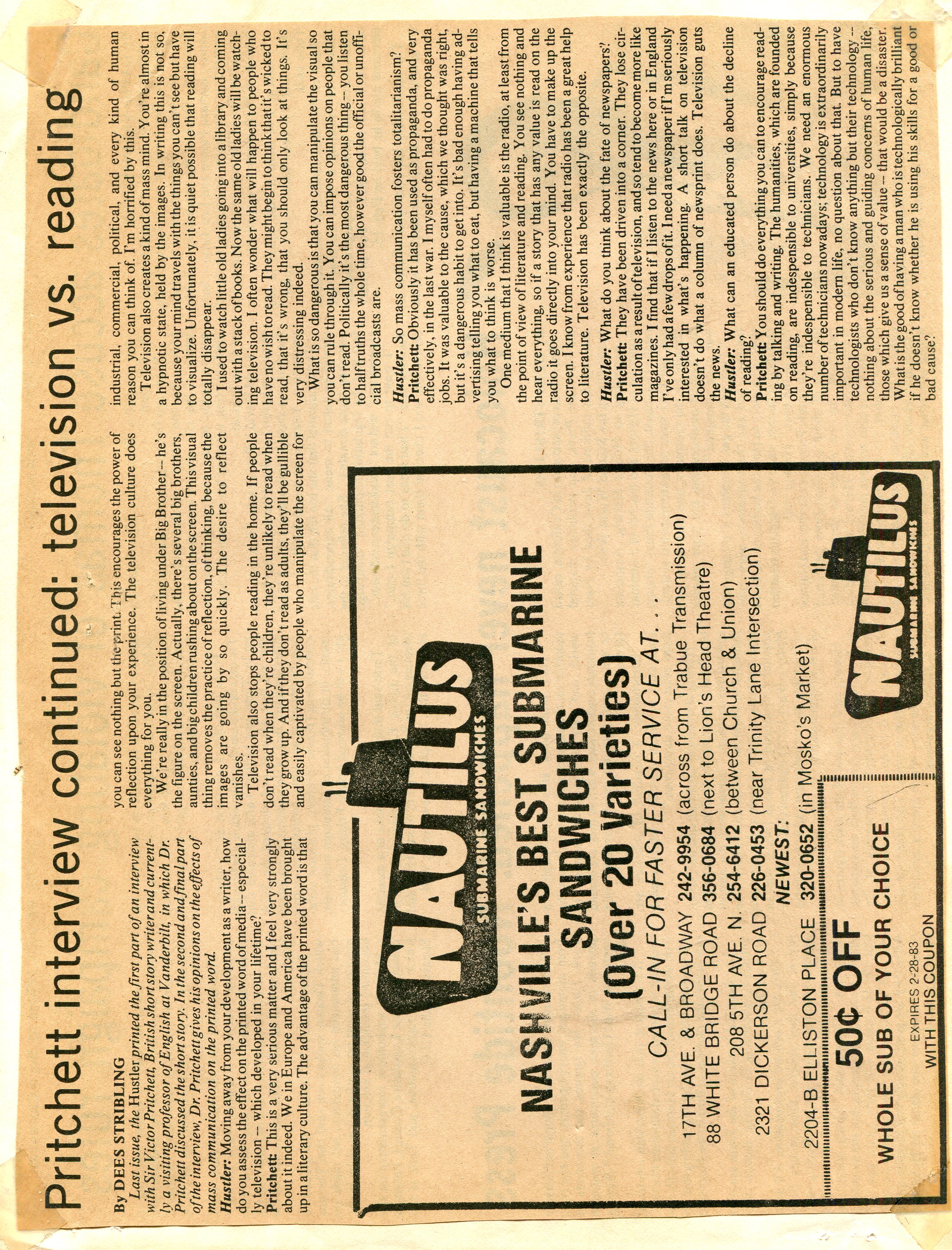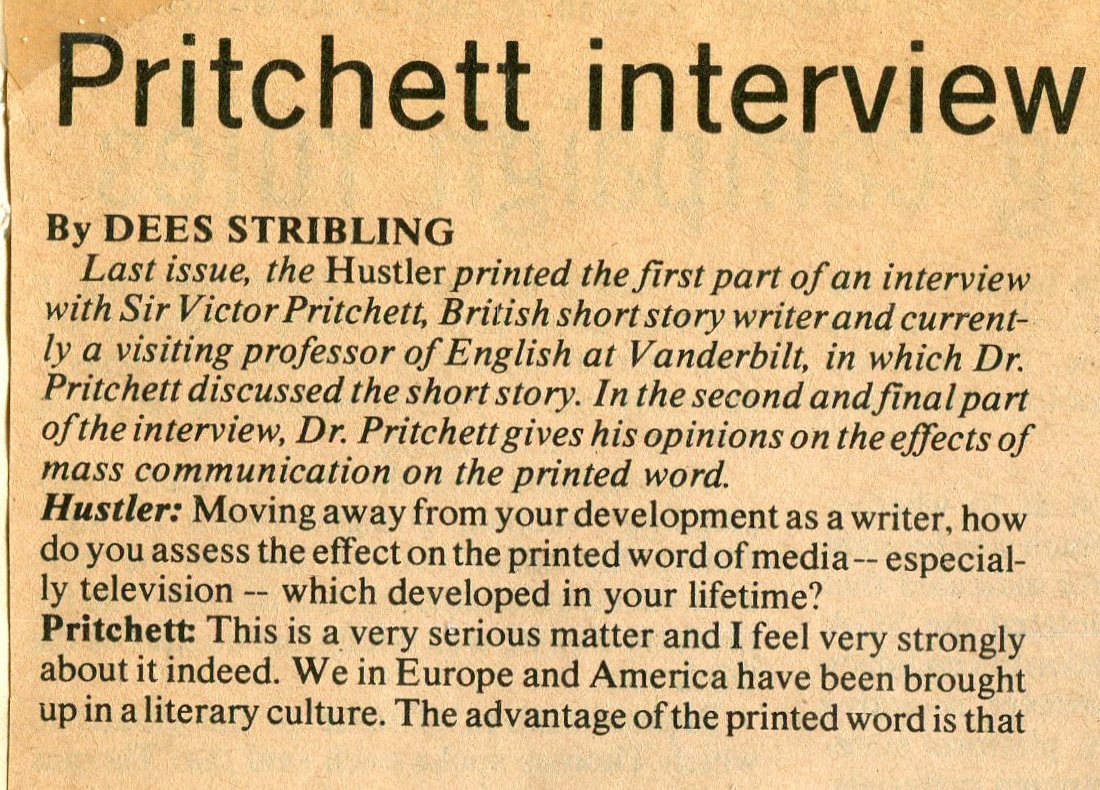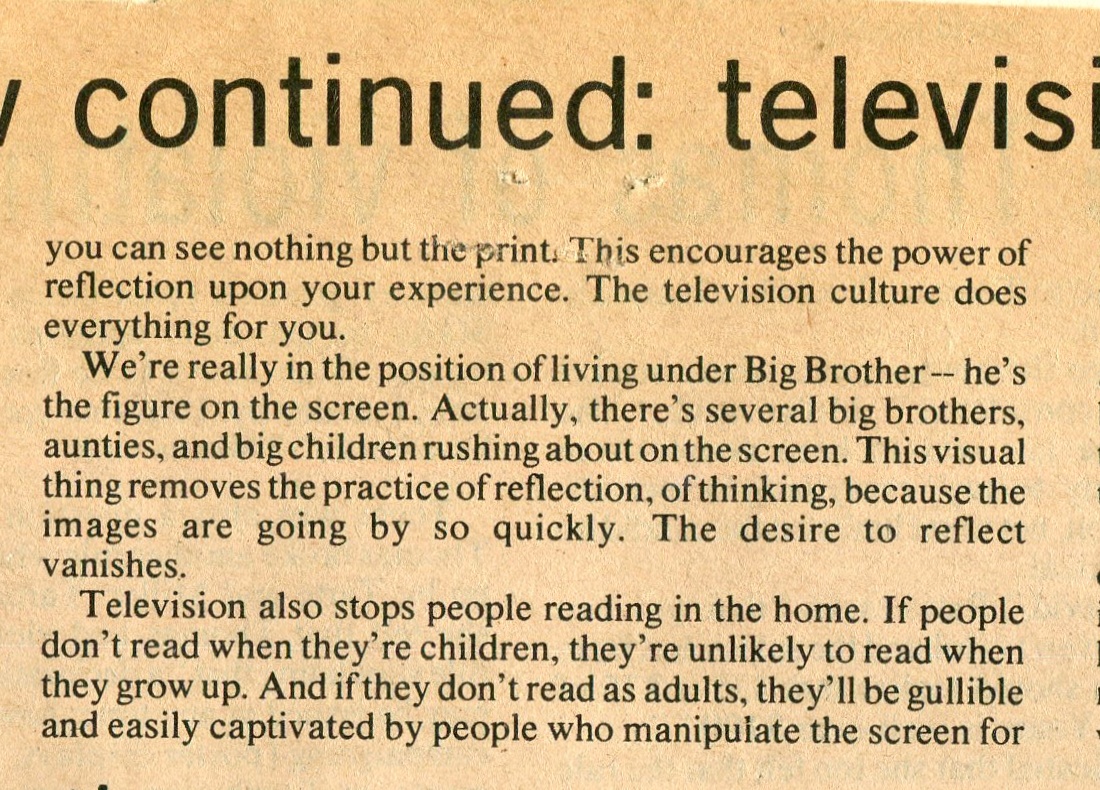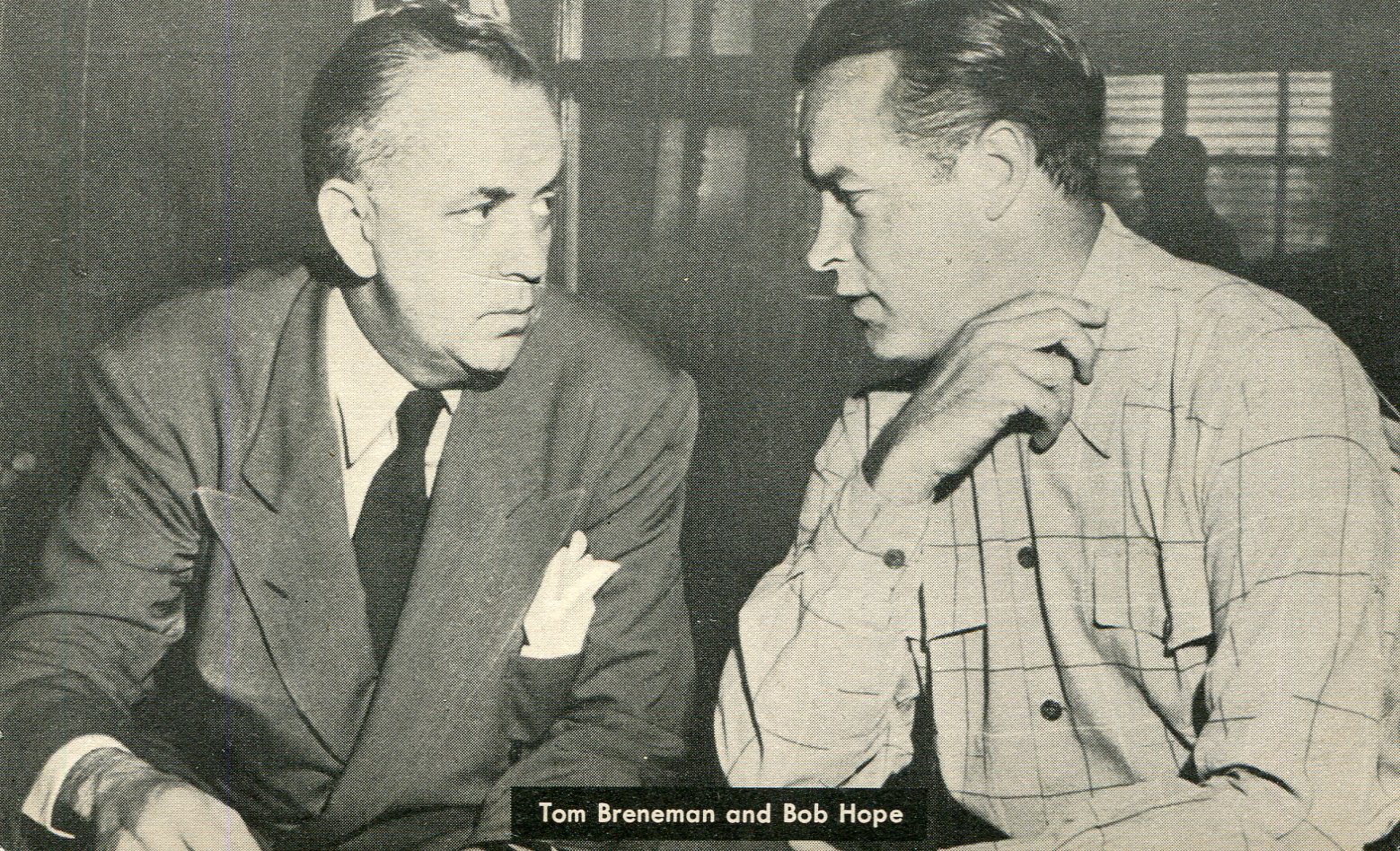Woke up this morning and for a few moments thought it was Thursday. Went downstairs (my commute), fired up the laptop (odd phrasing, when you think about it) and soon realized it was Wednesday. Fridays are still the best workdays, naturally, but Thursdays aren’t bad either. You still have Friday to look forward to. So I must have wanted it to be Thursday.
Still, that’s odd, since I was fully aware of it being Shrove Tuesday the day before. As time allowed during the day, I listened online to WWOZ, nonprofit radio out of New Orleans that broadcasts New Orleans and Louisiana music. I’m sure it’s a local treasure. It should be a national treasure. It was one of the first online radio stations I ever encountered, by happy chance back in the early 2000s, when maintaining a connection consistently was no sure thing, especially if you used an iMac. I don’t listen to it enough.
But I did on Tuesday, for obvious reasons, and the celebration was on all day. The guys behind the mike got especially giddy as the evening wore on, maybe even rowdy, though I didn’t hear anything breaking. Just the kind of happy DJs – and those with some personality on display – that radio consolidation and rote programming have mostly banished from the airwaves.
Except maybe for morons in the morning? You know, drivetime voices, often a man and a woman, who yuk it up between songs and commercials and news snips, without regard to good sense or good taste. Is that still a thing? My commute, as you’d think, doesn’t involve radio.
Such duos were so much a part of radio programming 20 years ago that another of first radio stations I heard online, one from Sydney, as in Australia, was being hosted by a man and a woman – who yukked it up without regard to sense or taste. But with such fun Australian accents that I didn’t mind listening a while.
Now I seem to have further evidence that the algorithms are getting better. Better at drawing conclusions from their spying. Today those opaque entities suggested a version of “St. James Infirmary Blues” that I didn’t know.
Wow, that’s good. Tom Jones and the talented Rhiannon Giddens, once of the Carolina Chocolate Drops.
The song is associated with New Orleans jazzmen, of course, especially Louie Armstrong, and I spent a lot of yesterday with Carnival in the background. So was that the connection the machine made? Or is it that I’ve listened to many other versions of the song, or a clip from the same show, or all that other jazz (and I mean that literally and figuratively)? The bots ain’t telling.

















































